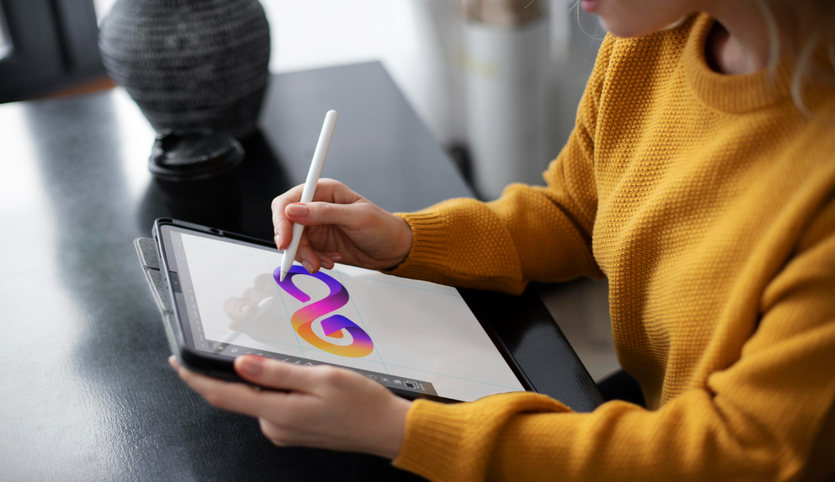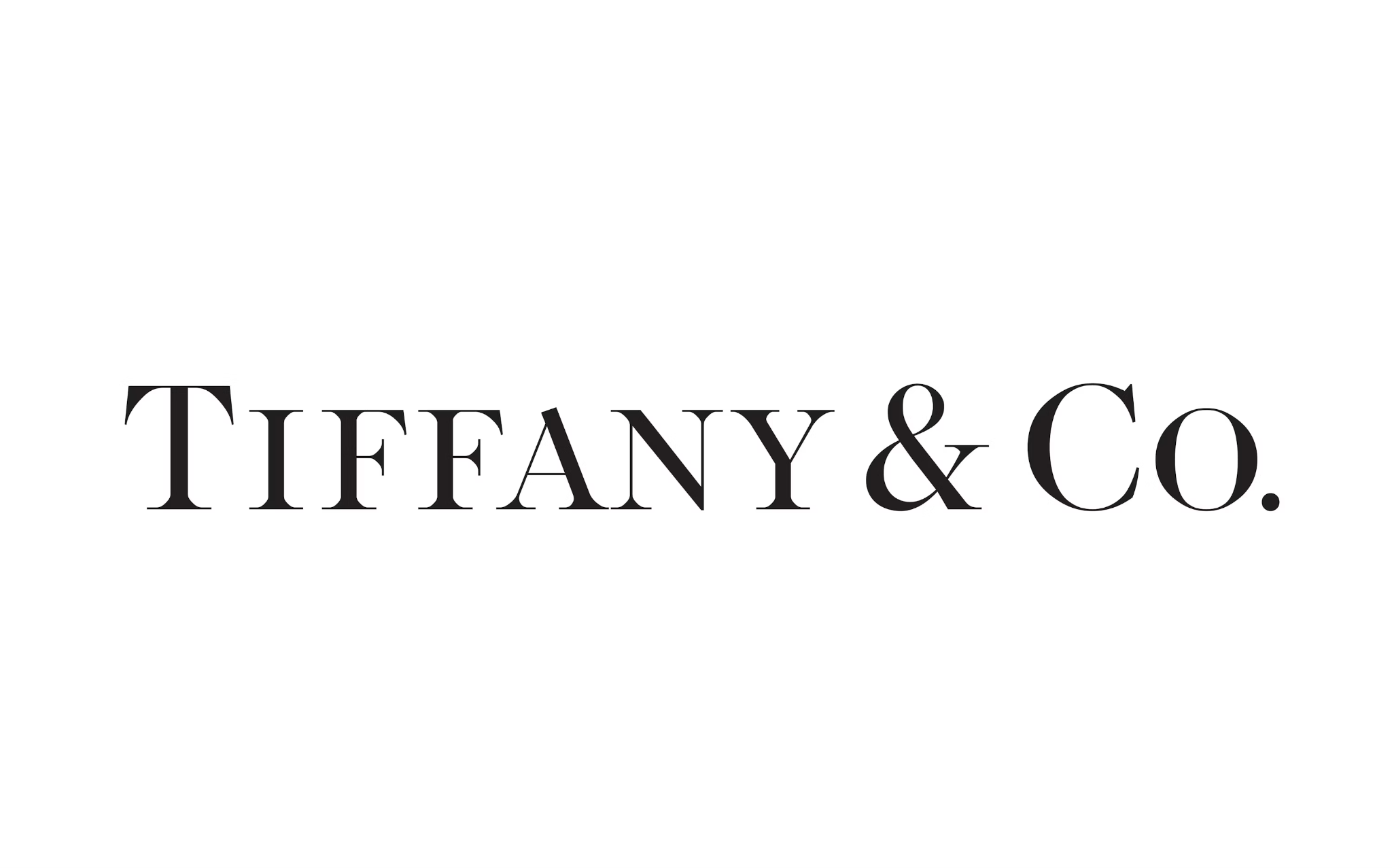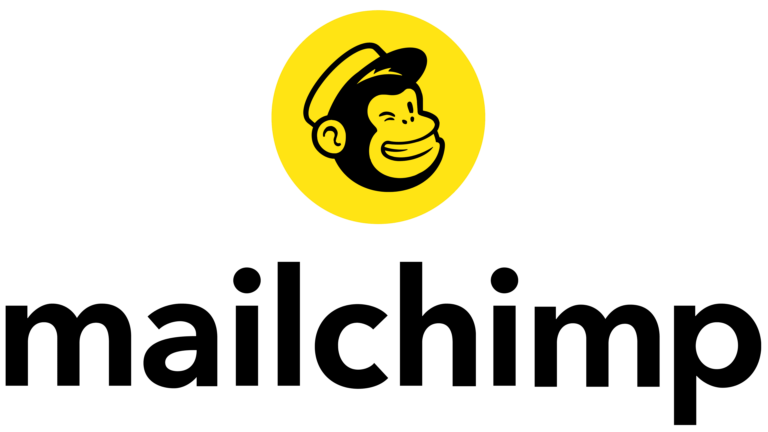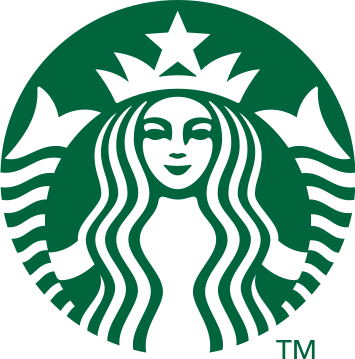The Ultimate Guide to Logo Design: Creating a Memorable Brand Identity

In the crowded landscape of modern business, a company's visual identity holds immense power. A strong logo serves as the foundation of your company and goes beyond just ornamentation. It's the emblem that makes you stand out from the competition, encourages audience trust, and ignites recognition. This section explores the fundamental components that contribute to a good logo. We'll explore these elements through the lens of leading branding agencies and logo designers, providing valuable insights to guide your logo creation process.
Why Your Business Needs a Logo
Think of your logo as your brand's signature handshake. It's a vital element that goes beyond just looking good. Here's how a logo benefits your business.
* Be Remembered: A strong logo helps customers easily recognize and recall your brand, making it more likely they'll choose you again.
* Stand Out from the Crowd: In a crowded market, your logo helps you stand out from competitors.
* Gain Trust: A well-designed logo fosters a sense of credibility and professionalism with your customers.
* Build Loyalty: As customers become familiar with your logo, it can build loyalty and encourage repeat business.
* Consistent Image: Your logo guarantees a unified brand presence on all of your marketing collateral, including business cards and websites. This consistency strengthens the identity of your brand and fosters trust.
A great logo is, in essence, an investment. It facilitates consumer interaction and the development of a powerful, self-sustaining brand.
The Principles of Iconic Logos: What Makes Them Shine?
Great logos aren't accidents - they share some key traits that make them instantly recognizable and powerful. What constitutes an iconic logo is broken down as follows:
- Memorable: Consider the Apple logo or the Nike swoosh. Remarkable logos leave an impression. They have a unique design, evoke a certain feeling, and communicate a clear message.
- Adaptable Anywhere: A truly iconic logo can shrink for a tiny favicon or stretch for a billboard without losing its impact or becoming blurry. Versatility is key!
- Speaks to the Right Audience: The best logos connect with their target market. They reflect the brand's industry, values, and who it's trying to reach.
- Timeless Appeal: Fads come and go, but classic logos remain timeless. They maintain their effectiveness and relevance even as design trends change.
- Stands Out from the Pack: Originality is key! Iconic logos are distinctive and avoid clichés. They distinguished the brand from the competitors.
- Simplicity is King: Every element in an iconic logo is there for a reason. It should be clear, concise, and perfectly represent your brand's visual identity.
Now that you know the secrets, how do you design a great logo? We'll explore that next!
Key Design Elements for Brand Recognition
In today's competitive landscape, a well-designed logo is no longer a luxury; it's a strategic imperative. It is the foundation of your brand's identity, promoting recognition, trust, and consumer loyalty. But what makes a logo genuinely unique? Let's look at the key characteristics that transform a logo from forgettable to famous.
1. Harnessing the Power of Color Psychology
Color is a potent tool in logo design, influencing perception and conveying brand messages on a subconscious level. Choosing the proper colors necessitates careful consideration of your brand's identity and intended audience.
Emotional Resonance: Red represents passion and vitality, whereas blue symbolizes trust and security. Understanding these emotional links might help you make color selections.
Industry Standards: Certain colors are typically linked to various businesses. Eco-friendly brands frequently employ green, whilst banking companies may choose blues and greys to convey steadiness.
Brand Alignment: Finally, the colors you choose should be consistent with your brand's fundamental values and messaging. A luxury brand might opt for sophisticated black and gold, while a playful children's brand could choose bright and vibrant colors.
Example: Tiffany & Co.

The iconic "Tiffany Blue" exemplifies the power of color in logo design. This distinct shade of light blue exudes elegance, sophistication, and exclusivity, perfectly embodying the brand's luxury image. It's so recognizable that the color itself is synonymous with the brand!
2. The Language of Shapes in Logo Design
Shapes play a subtle yet significant role in shaping brand perception. Circles subconsciously imply unity and community, while squares project stability and reliability.
Symbolic Communication: Consider the message you want to convey. Triangles can represent progress and innovation, while stars often symbolize luxury or excellence.
Industry Expectations: Some shapes are more common in certain industries. For instance, tech companies might favor clean lines and geometric shapes, while organic shapes might be more suitable for a natural food brand.
Brand Essence: Ultimately, the chosen shape should resonate with your brand's core identity. A fitness brand might utilize a dynamic shape like a swoosh, while a law firm could opt for a more traditional and stable shape like a square.
Example: Slack

Slack's logo concept demonstrates the strategic use of shapes. Overlapping rectangles and circles form a unique hashtag-like symbol, cleverly conveying connectivity and interaction – perfectly reflecting the brand's core values of communication and collaboration.
3. Selecting the Perfect Typographic Voice
Typography, or the font you choose, serves as the vocal expression of your brand. It can communicate professionalism, playfulness, tradition, or modernity. The key is to ensure the font is legible and complements your overall aesthetic.
Target Audience Consideration: A whimsical font might work well for a children's brand, but a more serious and sophisticated font might be better suited for a financial institution.
Readability for All: The font should be easily readable in various sizes, both on digital platforms and in print.
Brand Personality Reflection: Look through many font styles to select one that best captures the distinct character of your business. A premium business would choose with a traditional serif typeface, yet a whimsical brand might use a handwritten font.
Example: Coca-Cola

The Coca-Cola logo showcases the power of typography in creating a timeless brand identity. One of the most recognizable logos in the world is the script writing that flows. The rounded letters create a friendly and inviting image, perfectly aligning with Coca-Cola's brand personality.
4. Symbolism: Unveiling Deeper Meaning
Logos can incorporate symbols to convey a deeper meaning or story. A well-chosen symbol can significantly enhance brand recognition and recall.
Brand Relevance: The symbol should have a clear connection to your brand's name, products, or services. An abstract symbol might be visually appealing, but it won't be effective if it doesn't resonate with your brand.
Simplicity is Key: A complex symbol will be difficult to remember and reproduce across different mediums.
Target Audience Understanding: The symbol should be easy for your target audience to understand and interpret.
Example: Mailchimp

Mailchimp's logo exemplifies the effective use of symbolism. The company's name itself suggests a "mail chimp," and their logo features a friendly chimp's face. This instantly recognizable and memorable symbol perfectly aligns with their fun and approachable brand personality.
5. Achieving Balance and Harmony
Symmetrical Balance: This gives everything a feeling of formality and steadiness. Think of McDonald's golden arches or Chanel's interlocking Cs. Both logos utilize symmetrical balance for a classic and recognizable look.
Asymmetrical Balance: This gives various components equal visual weight, making the logo more intriguing and dynamic. The Nike swoosh, with its curved checkmark balancing the brand name, is a prime example.
Proportion: This refers to the size relationship between elements in a design. Maintaining consistent proportions ensures visual harmony. Consider the size of the text, shapes, or symbols in relation to each other.
Example: Starbucks

The Starbucks logo demonstrates both symmetrical balance and good proportion. The circular design creates a sense of unity, while the size of the siren and text is balanced for optimal visual impact.
6. Ensuring Scalability
A logo should remain effective in a variety of sizes and contexts, such as on a billboard or a small favicon. Avoid the following to have the best scalability:
Intricate Details: Avoid intricate details or delicate patterns that become unclear when shrunk.
Complex Designs: Complex or elaborate designs can lose their definition when miniaturized.
Unreadable Text: Use text that remains legible in all sizes.
Color Dependence: Don't rely solely on color to differentiate elements, as logos might be used in grayscale settings.
Prioritize simplicity, clarity, and high contrast for maximum scalability.
By understanding and implementing these key design elements, you can create a logo that serves as a powerful cornerstone for your brand identity, fostering recognition, trust, and customer loyalty.
Understanding Logo Design Costs
A logo's price can change based on a number of variables, such as:
* Designer Expertise: It goes without saying that more seasoned designers with a solid track record would charge more than novices.
* Design Complexity: A simple, single-color logo will be more affordable than a complex, multi-layered design with intricate details.
* Brand Requirements: Specific needs like industry research, brand strategy integration, and multiple logo variations will increase the project scope and cost.
Here's a general cost range for different logo design options:
Freelance Designers: $300 to $2,000. Freelancers offer a good balance between budget and expertise. You can find freelancers with varying experience levels and pricing structures to suit your needs.
Design Agencies: $2,000 to $15,000 or more. Agencies provide a full-service experience, often including market research, brand strategy development, and a wider range of creative concepts. This all-encompassing strategy has a premium price.
While cost is a crucial factor, it's important to consider the long-term value of a well-designed logo.
Brand Identity Foundation: The foundation of your brand identity is your logo. A professional and memorable logo fosters brand recognition, trust, and customer loyalty, ultimately increasing your brand's value.
Marketing Consistency: A strong logo ensures consistent visual identity across all marketing materials, from websites and social media to packaging and advertising. Customer recognition is strengthened and your brand message is reinforced by this constancy.
Making an Informed Decision
Purchasing a superior logo design is an investment in the success of your company going forward. Knowing the long-term value proposition and the cost considerations can help you make an informed choice that fits both your budget and your brand's objectives.
In summary, investing in a well-designed logo is more than just a matter of taste. By understanding the key principles of color psychology, shape selection, typography, and symbolism, you can craft a logo that resonates with your target audience and embodies your brand's core values. Remember, a logo should be memorable, adaptable, and timeless, ensuring it stands out from the crowd and becomes the recognizable face of your brand for years to come. To read more about logo design and things to consider while creating a logo, refer to our previous blog How to Design a Logo - Step-by-Step Guide to Logo Design in 2024.
Hire Python Developers
Hire Python developers who can turn your vision into reality. Hire the most skillfull python developers from Fulllancers.



